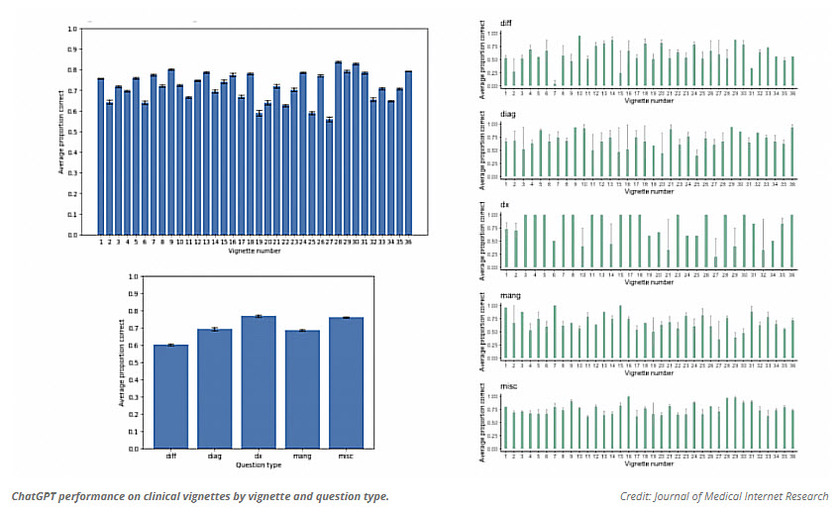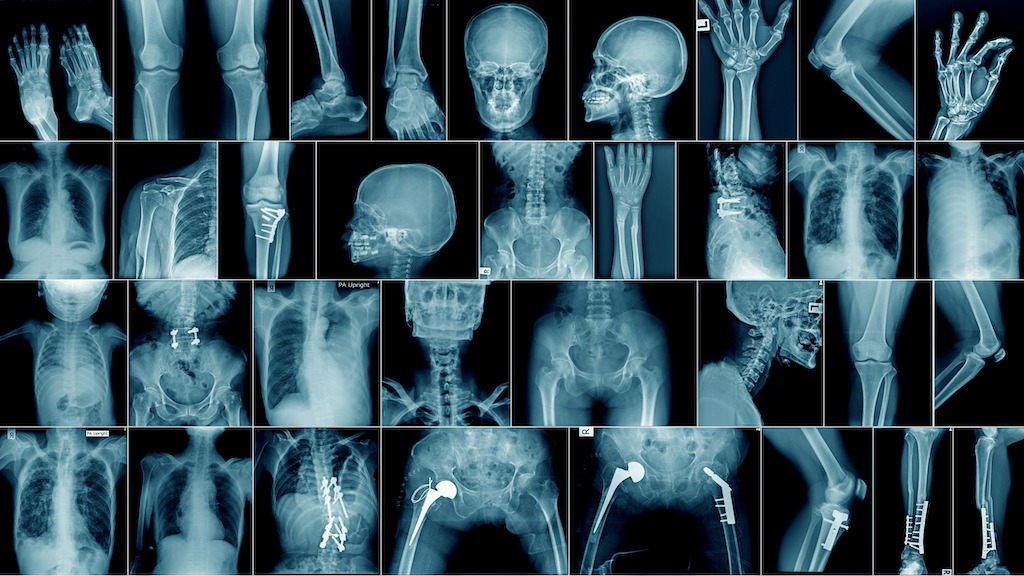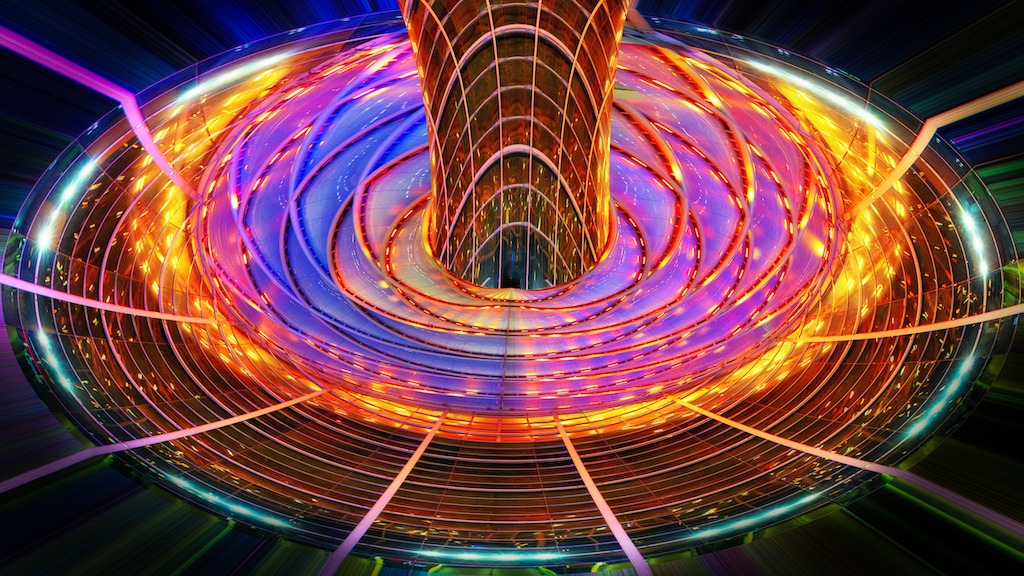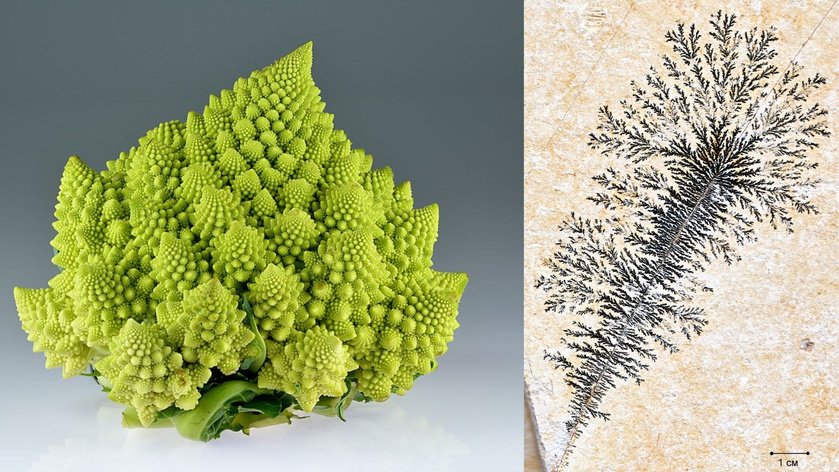We seen this on cartoons like futurerama and science fiction movies, but it is even possible to move who you are into a machine? There are lots of questions about the soul and if this did occur would that move as well because it is part of you? I do not know the answers to this question, but this interesting article from interestingengineering.com does question if this is possible and would that mean you will live as long as the machine does? Or will we become like Star Treks Borg with a collective machine mind? Well here is the article for your reading pleasure:
"umans have always been fascinated with the concept of immortality but what seems to be even more exciting to some is the thought of using technology to make immortality a real-world application. A movement called transhumanism is even devoted to using science and technology to augment our bodies and our minds, and to allow humans to merge with machines, eradicating old age as a cause of death. So the big question is — can we really evade death?
From Hans Moravec’s classic book Mind Children to Gene Roddenberry’s iconic TV series Star Trek: The Next Generation, the idea of uploading a person’s feelings, memories, and experiences onto a machine, has been explored in many popular non-fiction and fiction works. However, whether or not mind uploading could become a reality, like 3D printers, robots, and driverless cars? We are yet to find out.
What is mind uploading and how it works?
Mind uploading describes a hypothetical process of separating a person’s consciousness (which involves their emotions, thought process, experiences, and basically everything that makes a person unique), then converting it into a digital format, and finally transferring the digital consciousness into a different substrate, like a machine.
The process would conceivably incorporate different steps, like mind copying, mind transfer, mind preservation, and whole brain emulation (WBE). Here is a detailed overview of how mind uploading can actually work:
Step 1: Getting the information from the brain
The human brain regularly performs complex processes with the help of its 86 billion neurons that function simultaneously in a large neural network. And the complexity does not stop there. There are more than 125 trillion synapses just in the cerebral cortex alone. That is a lot of information and storage capacity. Some have suggested that, in order to completely replicate an individual's brain, it would be necessary to first dissect the brain.
However, mind uploading advocates claim that noninvasive brain scans can provide sufficient resolution for copying the brain without actually killing the person to do it. The information stored in our brain would then be used to create a connectome, a complete map of the neural connections in the brain, created using incredibly precise scanning of the neurons, and the synapses.
However, to date, we only have a complete connectome for a 1.5-millimeter roundworm called Caenorhabditis elegans, which has just 302 neurons and about seven thousand synaptic connections. In 2014, the OpenWorm project which mapped the brain replicated it as software and installed it in a Lego robot which was capable of the same sensory and motor actions as the biological model.
Building a human connectome is clearly a much more complicated process. Even in the case of the C. elegans, researchers had to work for more than a decade to understand the organism’s neuronal pathway.
Now imagine how much time and resources will be required for the identification of about 86 billion neurons, determination of their precise location, and tracing and cataloging of their projections on one another. Building and interpreting even a single human connectome is inconceivable using existing technologies.
Another proposed method of getting information from the brain is through a brain-computer interface (BCI). There are already existing implanted devices that can translate some types of neuronal information into commands, and are capable of controlling external software or hardware, such as a robotic arm. However, modern BCIs are only very slightly related to the theoretical BCIs which would be needed to allow us to transfer our brain states into a digital medium.
Brain-computer interfaces which would allow mind uploading would need a technology similar to modern-day brain scanning technology. Some suggest that downloading consciousness would require technology capable of scanning human brains at a quantum particle level.
Elon Musk’s Neuralink is one company working on aspects of mind-uploading. They are designing a neural implant which would work "like a Fitbit in your skull". It would have many micron-scale electrode threads connected to different parts of the brain. While this technology is showing some promise in allowing humans to interface with computers in a limited way, it is not close to the technology needed to upload an entire brain.
Neuralink’s website mentions that their chip will kick off a new kind of brain interface technology and as it develops further, they will be able to increase the channels of communication with the brain, accessing more brain areas and new kinds of neural information.
Meeting the challenges of step 1: Preserving the brain
Some wealthy individuals who wish to live forever are opting to preserve their brains and sometimes bodies through cryopreservation. In theory, in the future when human connectome technology is fully developed, their consciousness could then be retrieved and uploaded. An American cryonics company Alcor Life Extension Foundation already stores around 180 cryopreserved human bodies (with more preserving just their head) at its Phoenix-based facility.
However, some experts also claim that such cryonic techniques may damage the brain beyond repair.
Recently, an MIT graduate Robert McIntyre, rekindled the brain preservation hype when he announced his Y-Combinator backed startup Nectome is building some next-generation tools to preserve brains in the microscopic detail needed to map the connectome.
While previously working at a cryo research firm 21st Century Medicine, McIntyre along with cryobiologist Greg Fahy developed a method that combines embalming with cryonics. Fahy suggests that through this technique they could preserve the entire brain to the nanometer level, including the connectome. They even received an $80,000 science prize from the Brain Preservation Foundation for preserving a pig’s brain so well that every synapse inside it could be seen with an electron microscope.
One element of this process that may give some pause for thought, however, is that the "brain embalming" needs to take place while the person is still alive. The company hopes the process will be allowed as part of doctor-assisted suicide programs. Even if it does not lead to an uploading technology, any brains that Nectome manages to preserve might help in the research towards building the human connectome.
Step 2: Reconstruction of the artificial brain
Once all the neural activity is mapped out and the connectome is ready, the next step would be to digitize it. According to a rough estimate published in Scientific American, the memory storage capacity of the human brain could be around 2.5 Petabytes (2,500 TB).
While the popular notion is that we only use 10% of our brain, neurologists say this is actually a myth — and we actually use almost all of our brain, all the time. That's a lot of storage.
Apart from the storage, we will require a computer architecture on which the brain can be reconstructed in the form of computable code. And there is the issue of power for that architecture. Today, a computer with the same memory and processing power as the human brain would require around 1 gigawatt of power, or "basically a whole nuclear power station to run one computer that does what our 'computer' does with 20 watts," according to Tom Bartol, a neuroscientist at the Salk Institute.
In computing, artificial neural networks (ANN) have been created which are inspired by the biological neural networks. An ANN is based on a collection of connected units or nodes which loosely model the neurons in a biological brain. However, there are some major differences between an ANN and a human (or animal) brain:
All artificial layers compute one by one, instead of being part of a network in which they work simultaneously.
All simulated neurons are similar and are like simple boxes that can hold just one value, whereas the neuronal region of our brain appears as tree-like formations.
Also, the human brain uses approximately 300 times more parameters (neurons combined with synapses) as compared to GPT3, the largest artificial neural network ever built.
Step 3: Emulation in an external substrate
Once all the requirements are fulfilled and the artificial brain is ready, the “mind” can now be uploaded into a simulation, such as a virtual world, like the metaverse, or into a network of artificial brains connected to each other in a swarm (also called hive mind). Another transhumanist idea suggests that the mind can also be uploaded on a humanoid robot. Uploading into a physical robot would require robots that are a lot more functional than any that currently exist.
However, if the consciousness is uploaded as a substrate-independent mind (SIM), and if the SIM is deemed to be conscious, then it will also need to exist in a place and be able to interact with things. This will require virtual reality that is identical to how humans experience actual reality, everything from tasting a soda to feeling the pain of a car accident. All of this will require yet more storage capacity, signal bandwidth, and power.
Skepticism and speculations about mind uploading?
Neuroscientist Michael Hendricks from McGill University called mind uploading an “abjectly false hope” in his 2015 report published in the MIT Technology Review. According to Hendricks, scientists still don’t know exactly what kind of technology can allow them to replicate a human mind.
In his report, Hendricks also raised doubts about the success of current or foreseeable freezing methods for brain preserving, as well as methods for retrieving the information stored in the human brain. Furthermore, as an expert on the neural activity of the C. Elegans roundworm, he says that having a connectome is by itself not a sufficient condition to simulate a nervous system.
Even once we figure out the technical side of whole brain emulation, there's still the philosophical part of the equation. Would that emulation still be you? Answering that will require a great deal of thinking about what it is that constitutes consciousness and identity — something there is no clear answer to.
Another study reveals, that depending on their personal views on death, suicide, fiction, philosophy, and science, some people may show great support for mind uploading, while others strongly disapprove of any such practice.
Sure, mind uploading has the potential to change human lives forever, but this is also why the advent of this sci-fi technology in the real world might also give rise to a lot of conflicts revolving around its ethical and social impact on humanity.
Steve Jobs once said, "Death is very likely the single best invention of Life. It is Life's change agent. It clears out the old to make way for the new." If this is true, then defeating death by mind uploading may in fact be self-defeating. It would allow a few individuals to go on, but at the expense of everything and everyone else.
For now, a number of scientists, researchers, and tech companies are working towards making mind uploading a reality. Whether they would be successful or not, and how our society would react to consciousness transfer, only the future could tell."
So as noted it may be possible in the future, but would it really catch the true person? Or just a pattern of movements of a person to a machine like the worm? Who knows, but for me I would not do this.
Reference: https://interestingengineering.com/cheating-death-and-becoming-immortal-with-mind-uploading
I have lost a lot of faith with the Medical Community and the Governments over the last several years, but there are a few good things that can raise above the corruption and the pushing of drugs a new approach to heal people. The following is from www.gaia.com and written by Hunter Parsons that does not involve any drug or pushing an ineffective so called vaccine that the drug company is not held accountable in any way but they use sound! The use of sound can regrow bone tissue! Here is the story:
"The future of regenerative medicine could be found within sound healing by regrowing bone cells with sound waves.
The use of sound as a healing modality has an ancient tradition all over the world. The ancient Greeks used sound to cure mental disorders; Australian Aborigines reportedly use the didgeridoo to heal; and Tibetan or Himalayan singing bowls were, and still are, used for spiritual healing ceremonies.
Recently, a study showed an hour-long sound bowl meditation reduced anger, fatigue, anxiety, and ...
Not a fan of a Defense Agency studying Anti-Gravity and other Exotic Tech, but if the commercial world and make this technology cheap that will change our world yet again. The following is about three minute read and from www.gaia.com. The below was written by Hunter Parsons:
"Wormholes, invisibility cloaks, and anti-gravity — it’s not science fiction, it’s just some of the exotic things the U.S. government has been researching.
A massive document dump by the Defense Intelligence Agency shows some of the wild research projects the United States government was, at least, funding through the Advanced Aerospace Threat Identification Program known as AATIP.
And another lesser-known entity called the Advanced Aerospace Weapons System Application Program or AAWSAP
The Defense Intelligence Agency has recently released a large number of documents to different news outlets and individuals who have filed Freedom of Information Act requests.
Of particular interest are some 1,600 pages released to Vice News, which ...
As our technology gets better we are discovering more about the history of mankind and pushing the timeline back further and further. The following article is from www.gaia.com and written by Michael Chary that discusses this new find that changes the historical timeline:
"Over the past decade, there have been a number of archeological revelations pushing back the timeline of human evolution and our ancient ancestors’ various diasporas. Initially, these discoveries elicit some resistance as archeologists bemoan the daunting prospect of rewriting the history books, though once enough evidence is presented to established institutions, a new chronology becomes accepted.
But this really only pertains to the era of human development that predates civilization — the epochs of our past in which we were merely hunter-gatherers and nomads roaming the savannahs. Try challenging the consensus timeline of human civilization and it’s likely you’ll be met with derision and rigidity.
Conversely, someone of an alternative...
Not sure if you have heard of a show on YouTube called "The Why Files". If not you should check it out it is interesting and has some humor with it on different subjects. Last weeks was on a different theory how the Universe works and how main stream Science is attempting to shut it down like is always seems to do if it goes aguest some special interest. Today it is akin to what happened to those who questioned the Earth was the Center of the Universe that main stream so called Science all believed during the Renaissance period, They called any theory that the Earth was not the Center of the Universe misinformation. Does this sound familiar today? People laughed and mocked people like Leonardo da Vinci, Nicolaus Copernicus, Georg Purbach as crack-pots, conspiracy theorists, nut-jobs and they were suppressed and even imprisoned for their radical thoughts and observations. Again it sounds like today in so many ways. In any event this is a good one to ponder and see even if a bad idea ...
Seemingly chaotic systems like the weather and the financial markets are governed by the laws of chaos theory.
We all have heard about chaos theory, but if you have not or have forgotten what chaos theory is well here you go from interestingengineering.com:
"Chaos theory deals with dynamic systems, which are highly sensitive to initial conditions, making it almost impossible to track the resulting unpredictable behavior. Chaos theory seeks to find patterns in systems that appear random, such as weather, fluid turbulence, and the stock market.
Since the smallest of changes can lead to vastly different outcomes, the long-term behavior of chaotic systems is difficult to predict despite their inherently deterministic nature.
As Edward Lorenz, who first proposed what became commonly known as the Butterfly Effect, eloquently said, "Chaos: When the present determines the future, but the approximate present does not approximately determine the future.""
You may have heard the term about chaos theory as a butterfly flaps its wings in Brazil,...
I for one have lost trust in Medical Doctors due to COVID and reflection that they seem to push pills for everything and untested so called vaccines that is using a unproven technology because the Government and the Medical Boards of the State told them to. There are a very few exceptions. Thus they do not address the key problem just prescribe more and more pills to keep you alive an sick longer for them and Big Phama to profit from you. Will AI do any better? Well that depends on what was used for the training of AI. If it also pushes pills and vaccines without question then you have the same problems noted above. However, if the AI Training includes all possible forms of treatment and they zero in on the right issues for the true problem then there is possibilities they would be way better than most of the current Medical Doctors today.
The following is from an article from interestingengineering.com and written by Paul Ratner:
"A new study looks at how accurately AI can diagnose patients. We interview the researcher, who weighs in on AI's role ...

























